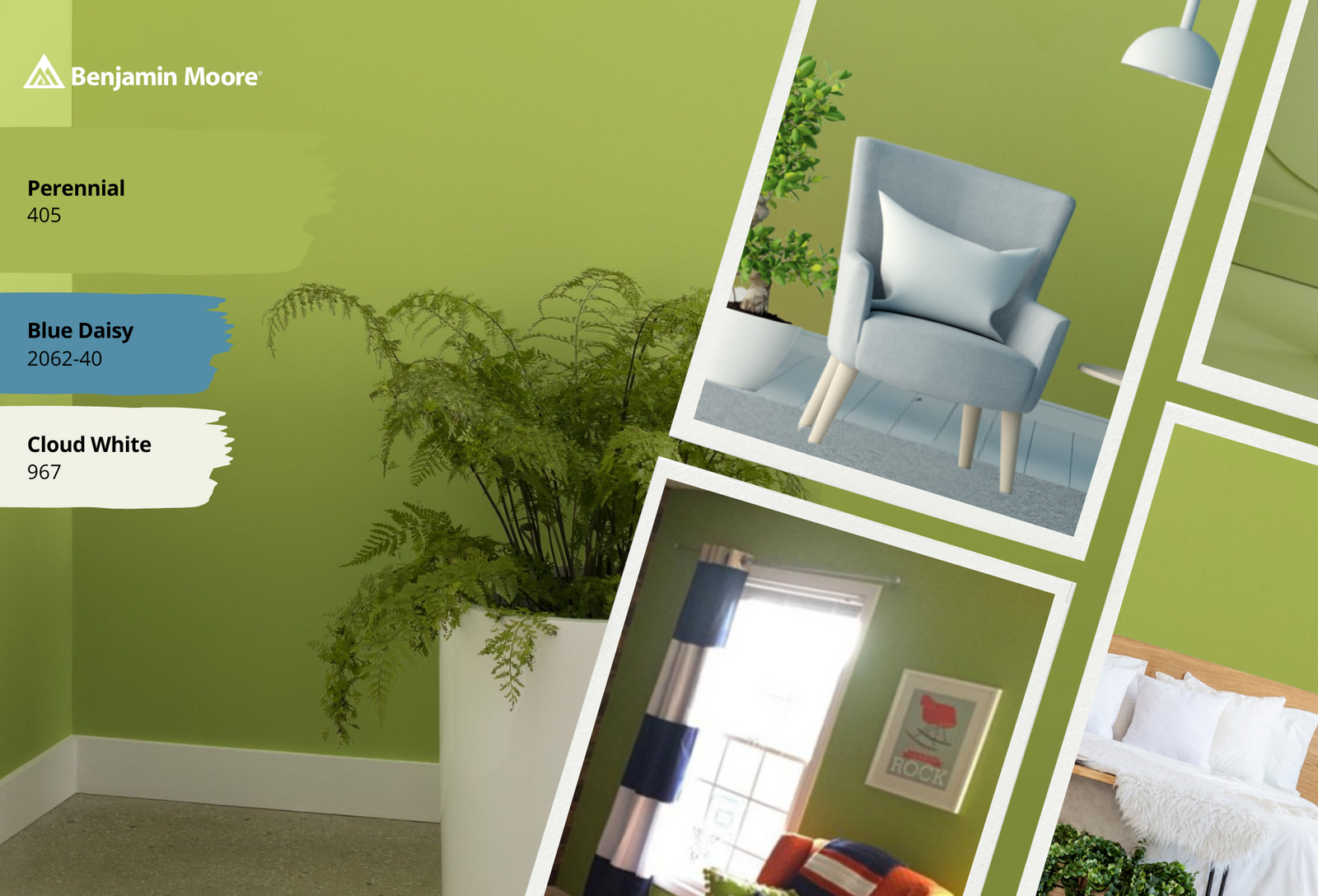
Types Of Paint
In both residential and industrial markets, consumers can choose between the following categories of paint.
- Water-Based Coatings
- Solvent-Based Coatings
Fifty years ago, virtually all paint was solvent-based. Sometimes referred to as “Oil-based” or “Alkyd” paints, solvent-based coatings contain higher levels of organic compounds than water-based coatings. These solvents or compounds facilitate application, drying and the formation of a durable, regular paint film. On the negative side, when these compounds evaporate, they release Volatile Organic Compounds (VOCs) into the atmosphere resulting in a strong odor and toxic impact on the environment. Stricter environmental regulations have required paint manufacturers to dramatically reduce the levels of VOCs in their paints.
Today, advances in paint technology mean that water-based paints, typically referred to as waterborne acrylics, are in many ways equal, or superior to their solvent-based counterparts. High quality waterborne acrylic emulsions offer excellent durability, quick dry time, and the emission of far less odor. Currently, water-based coatings account for approximately 80% of paint sold in the residential marketplace. Additionally, this class of paint has moved into all sorts of industrial applications, including maintenance coatings for steel and concrete.
Learn more below.
Shop our selection of paints online.Waterborne Acrylic Paints
Waterborne acrylic coatings, (also known as acrylic latex coatings) are more environmentally, as well as user-friendly alternatives to solvent-based paints e.g. alkyds. The following is a list of benefits and advantages to using waterborne acrylic coatings for both residential and industrial applications.
- Lower volatile organic content (VOC), resulting in less impact on the environment.
- Low odor. A primary advantage when painting interiors or poorly ventilated areas.
- Quick dry times facilitating the application of a second coat.
- Excellent durability.
- Lower or no risk of fire from handling flammable solvents.
- Easy and safer cleanup.
- Less hazardous disposal.
- Proven performance in residential and industrial applications.
Acrylic vs. Latex Paint
Acrylic and latex paints are similar in that they are both water-based coatings and produced from acrylic resins. While latex paint is more user-friendly and easier to apply, acrylic coatings are more durable and resistant to flaking, chalking and peeling. Additionally, acrylic paint contracts and expands better than latex, making it a better choice for exterior projects where greater elasticity is required to deal with temperature extremes.
Oil-Based / Alkyd Paints
Oil-based paints are made with either alkyd (synthetic) or linseed (natural oils). Alkyd coatings are more common because they are less expensive and tougher than natural oil paints. Common applications for Oil-based coatings include:
- Residential trim, doors, cabinets and furniture.
- Metal doors and railings.
- Industrial equipment and maintenance of steel structures.
Waterborne Acrylic Alkyd Paints
In recent years, the introduction of alkyd latex resin technology has allowed coatings manufacturers to combine the performance advantages of alkyd-based paint chemistries with the convenience of solvent-free, waterborne coatings. Waterborne acrylic alkyd hybrids provide easy cleanup and low VOC levels, along with superior leveling and durability. By incorporating alkyd resin technology into their coatings, manufacturers can offer consumers paint that is ideal for trim, doors, cabinets and furniture.
Enamels
Enamels are an additive in some water-based and oil-based paints that make the dried surface harder and less porous. As a result, most water-based flooring paints contain enamel additives as do coatings where increased durability is desired.
Urethanes
Urethanes are additives found in both waterborne and alkyd based coatings offering superior resistance to moisture and abrasion. There are three types of urethane; aliphatic, aromatic and waterborne. Aliphatic and waterborne urethanes will not amber or yellow like aromatic urethanes when subjected to high levels of ultraviolet light. Urethanes are a common additive to industrial coatings where maximum durability is required.
Epoxy Coatings
An epoxy coating is the use of epoxy compounds as coatings or paints (water-based and oil-based). It is generally two parts, which are mixed prior to application and consist of an epoxy resin that is cross-linked with a co-reactant or hardener.
Epoxy coatings are formulated based on the end product’s performance requirements. When properly catalyzed and applied, epoxies produce a hard, chemical and solvent resistant finish. It is the specific selection and combination of the epoxy and hardener components that determine the final characteristics and suitability of the epoxy coating for a given environment.
Epoxy coatings are popular because they provide a quick-drying, tough and protective coating. Unlike traditional heat-cured powder coatings, epoxy coatings are quick and easy to apply, making them ideal for a number of applications. For example, they are typically used on concrete and steel to give resistance to water, alkali, and acids.
Epoxy resins are also used for floor applications. Their low volatility and easy water clean-up make them useful for factory cast iron, cast steel, and cast aluminum applications and reduces exposure and flammability issues associated with solvent-borne coatings. They are usually used in industrial, automotive and marine applications. Furthermore, fusion bonded epoxy powder coatings are extensively used for corrosion protection of steel pipes and fittings used in the oil and gas industry, potable water transmission pipelines (steel) and reinforcing bars.
Quality vs. Economy
Whether water-based or solvent-based in nature, there is no true economy in buying cheap paint. In terms of superior coverage, adhesion and durability, always buy the best-quality paint you can afford. If you’re working on unfinished walls, metal or synthetic surfaces, it’s important to apply the appropriate primer. Consult your local J.C. Licht sales associate for the best paint and primer for your project.
Shop our selection of paints online.














